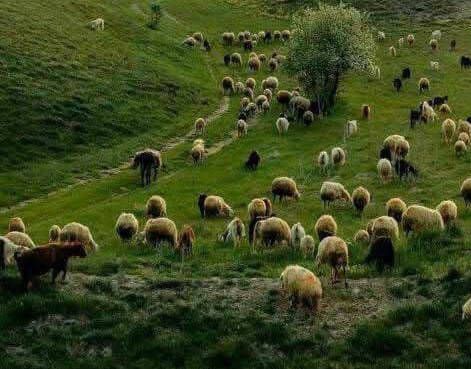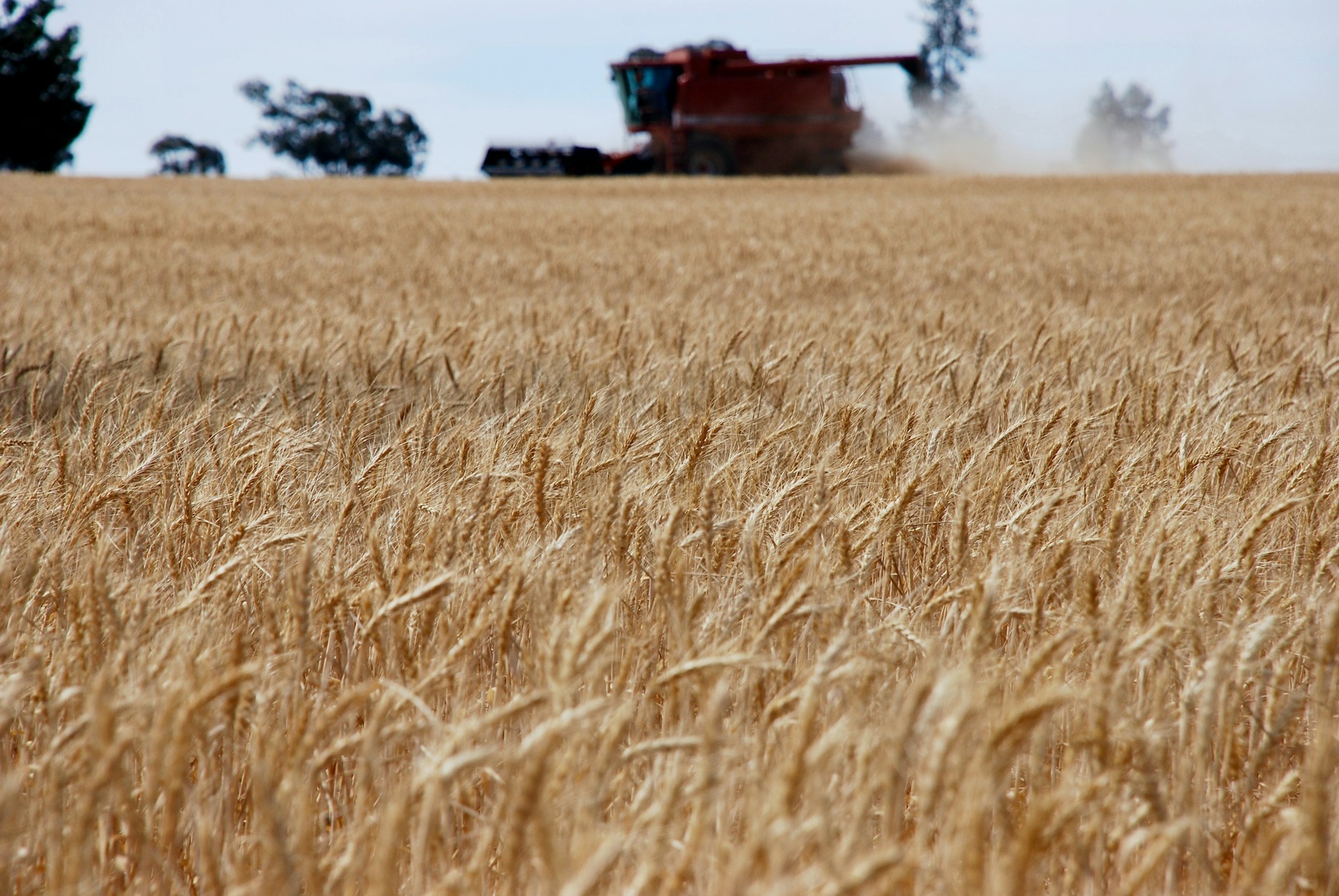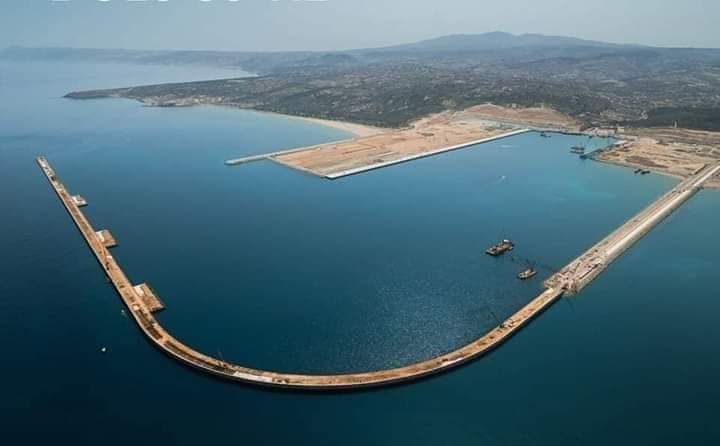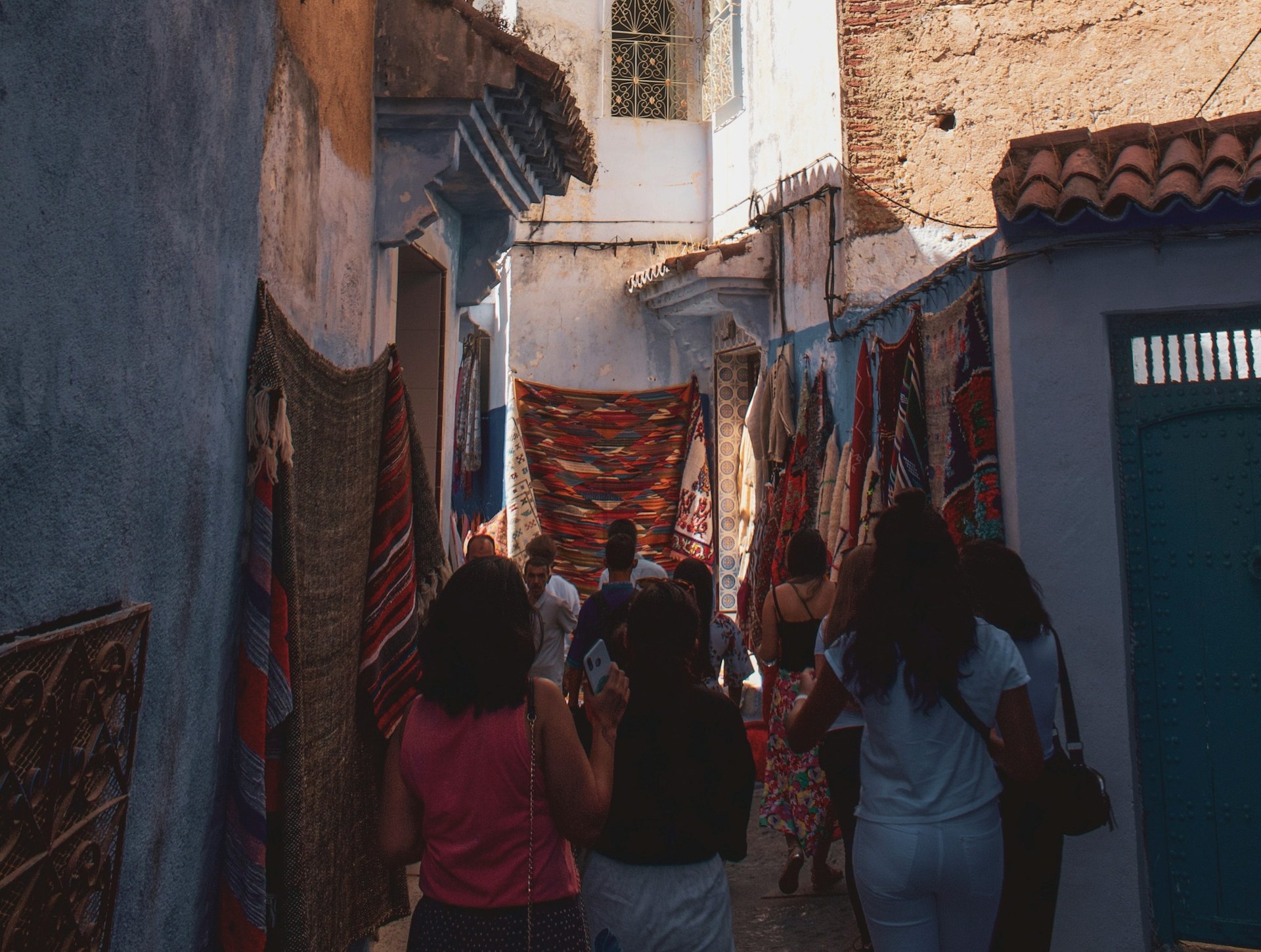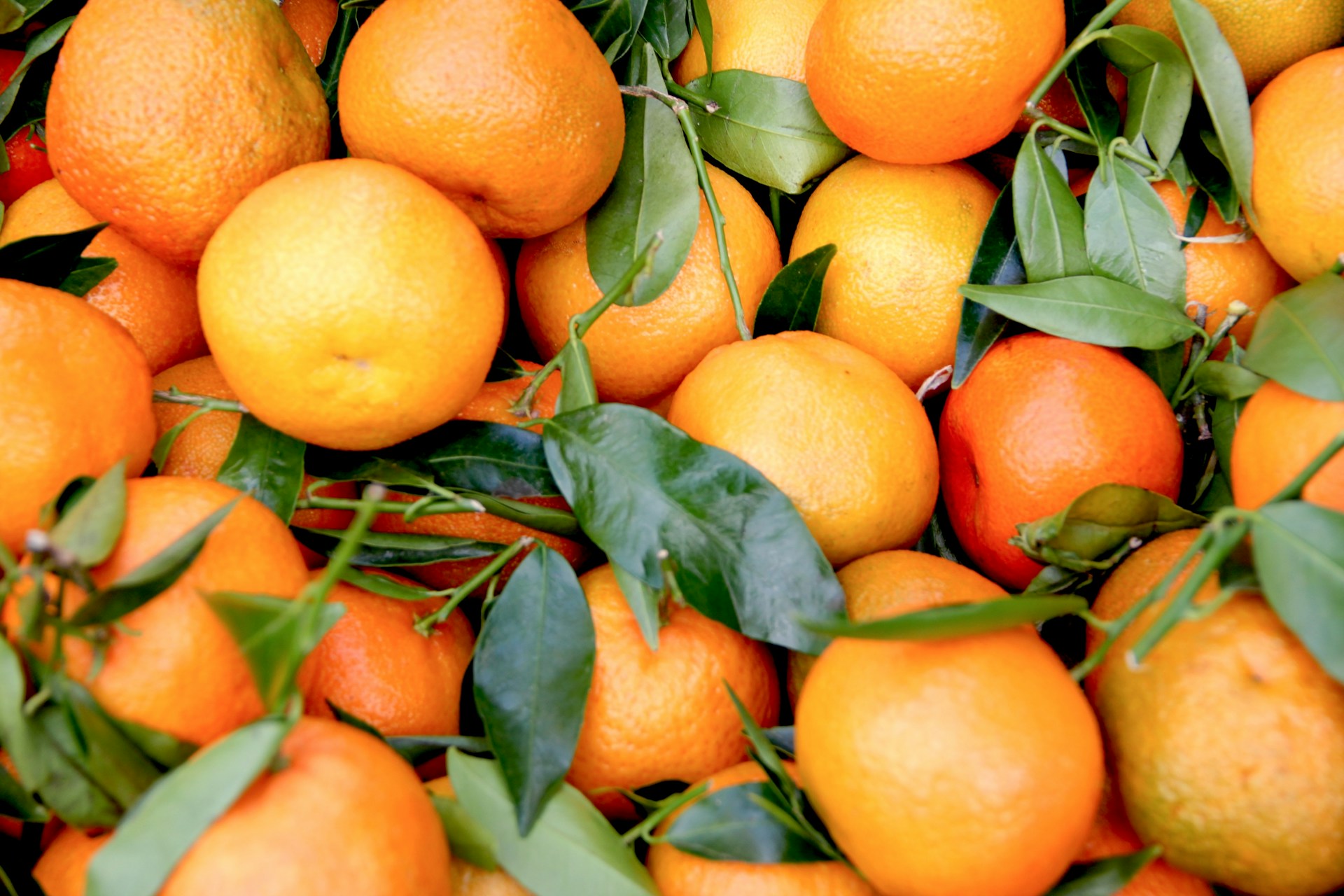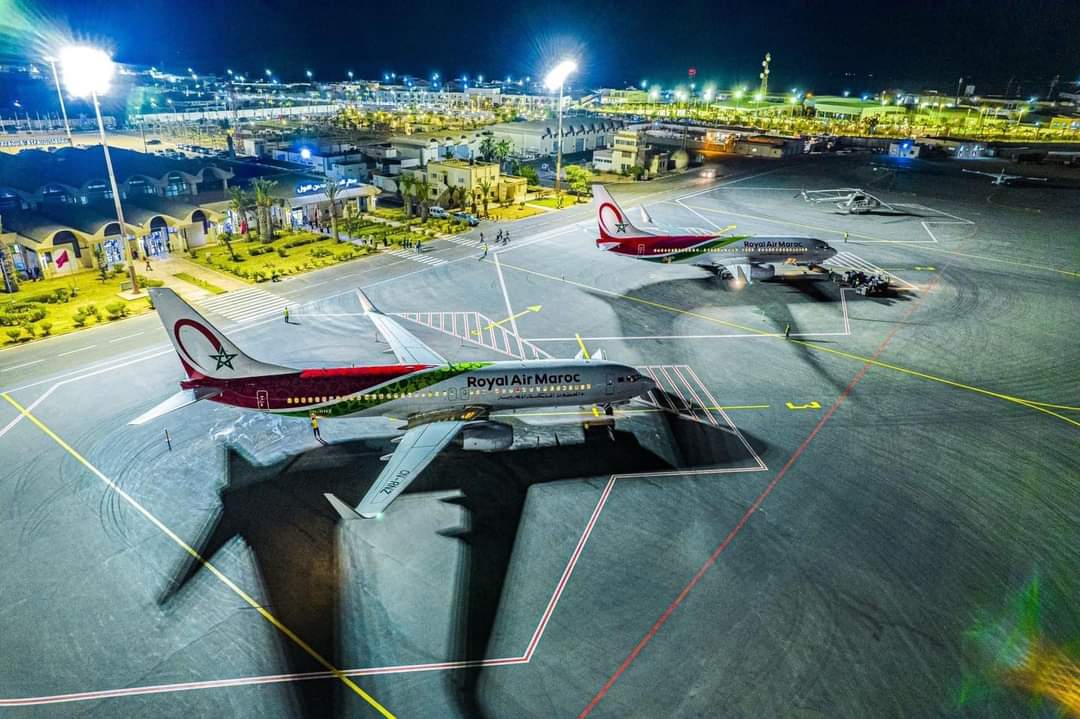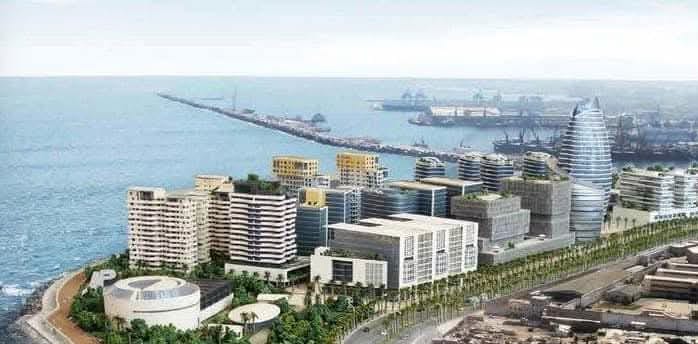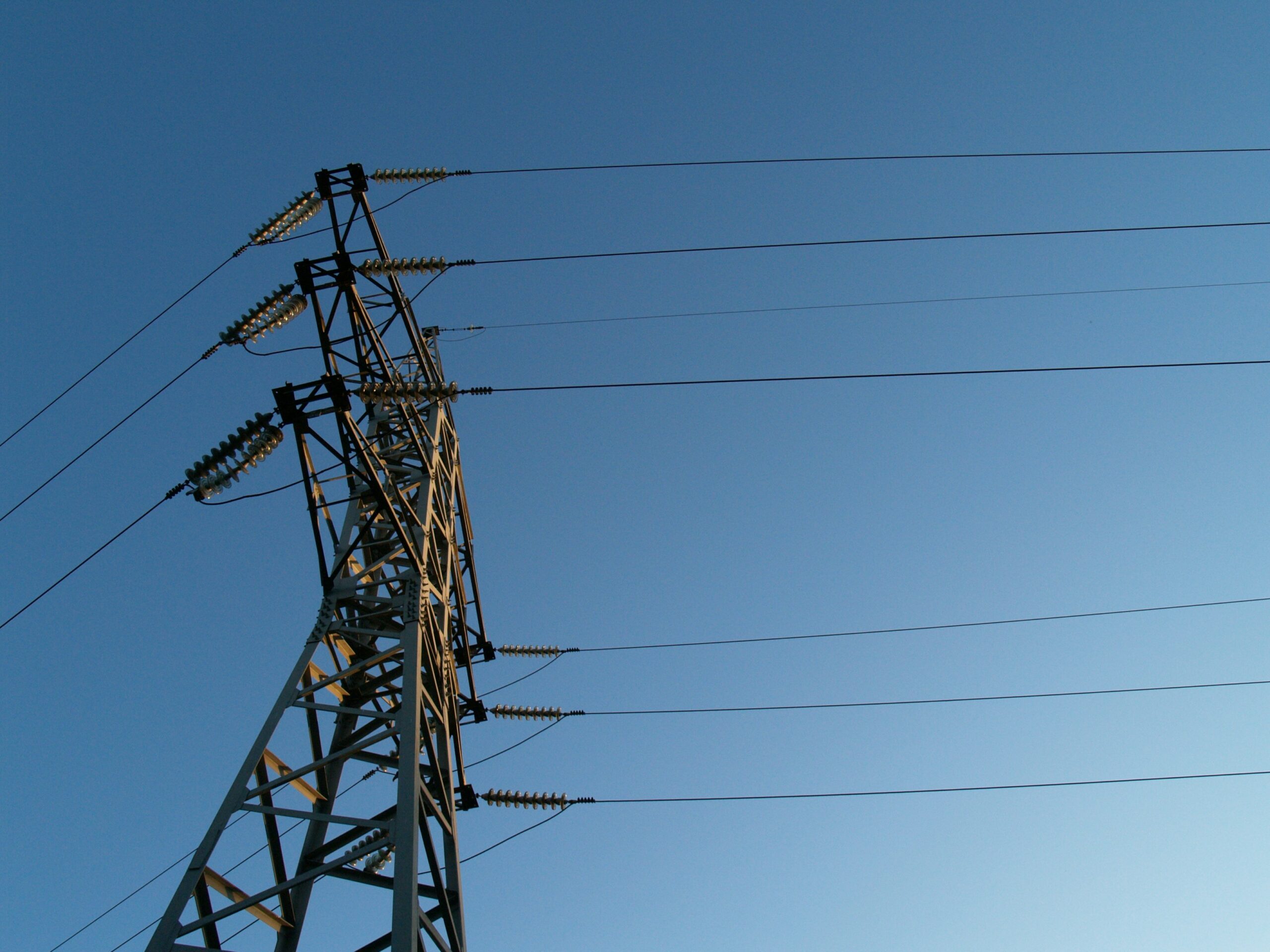Casablanca – Morocco is entering the 2025 summer season with strong indicators pointing to an exceptional period for the tourism sector. With a combination of diverse attractions, improved infrastructure, strategic promotion, and a packed festival calendar, the country is well-positioned to welcome record numbers of both domestic and international visitors.
Growth built on strong foundations
After setting new records in 2024, Morocco’s tourism momentum has continued into the first part of 2025. According to the Ministry of Tourism, the country received one million additional tourists in the first four months of this year compared to the same period last year.
Domestic tourism, too, continues to gain strength, rising from 4 million overnight stays in 2010 to 8.5 million in 2024—now representing about one-third of national tourism activity. This growth reflects changing travel habits among Moroccans, who increasingly see travel as a leisure pursuit rather than a necessity.
A calendar full of culture: Summer festivals across the kingdom
One of Morocco’s key attractions during the summer months is its vibrant festival scene, showcasing the country’s rich artistic, musical, and folkloric heritage. These events not only celebrate Morocco’s diversity but also play a crucial role in attracting tourists to different regions:
- Mawazine – Rhythms of the World (Rabat): One of the largest music festivals globally, Mawazine draws international and regional artists across genres, transforming the capital into a global cultural hub.
- Gnaoua and World Music Festival (Essaouira): A major event on the Atlantic coast, this festival brings together Gnaoua heritage with jazz, blues, and global fusion music in a spiritual and coastal setting.
- Festival of Popular Arts (Marrakech): Held in the heart of the Red City, this event showcases traditional Moroccan dance, music, and storytelling in iconic venues like El Badi Palace.
- Timitar Festival (Agadir): Celebrating Amazigh culture and world music, Timitar is a major summer attraction in the Souss region, blending ancestral rhythms with contemporary sounds.
- Tanjazz (Tangier): Held in the cosmopolitan northern city, this jazz festival features international acts in a city where European and Moroccan influences merge.
- International Cultural Festival (Asilah): A coastal celebration of arts and letters, Asilah’s festival includes mural painting, poetry, and panel discussions, drawing intellectuals and tourists alike.
- Cherry Festival (Sefrou): One of Morocco’s oldest festivals, this event near Fez celebrates local produce and Berber traditions with parades, music, and the crowning of the Cherry Queen.
- Date Festival (Erfoud – September): Although slightly post-summer, this desert celebration showcases southern Morocco’s oasis culture and draws eco-tourists and agricultural enthusiasts.
These festivals not only offer cultural enrichment but also extend the tourism season, promoting travel across lesser-known regions.
Strategic investments and infrastructure development
The government continues to prioritize infrastructure and accessibility. A 20% increase in annual flight frequencies, combined with 11 new domestic air routes launched in 2024, has significantly improved mobility. Authorities are also investing in alternative accommodations, including guest stays with locals and desert bivouacs, to ease pressure on traditional lodging and diversify travel experiences.
Regional tourism offices and local authorities are coordinating to enhance service quality and enforce fair pricing, especially during the high-demand summer season.
Domestic travel driving resilience
The domestic market remains a crucial pillar of Morocco’s tourism model. National promotional campaigns such as “Ntla9aw fbladna” (“Let’s meet in our country”) have encouraged Moroccans to explore their own regions, helping stabilize the sector and reduce dependence on foreign markets. Partnerships with the national railway company (ONCF) and transport discounts support this momentum by making travel more affordable.
Challenges and sustainability outlook
Despite the positive indicators, the summer season also brings challenges. The gap between supply and demand—particularly in coastal regions—can drive up prices. The Ministry of Tourism is responding with efforts to:
- Promote inland and off-coast destinations.
- Encourage year-round travel through cultural and nature-based tourism.
- Expand capacity in underutilized regions to balance demand.
A summer to remember
With a strong start to 2025, a packed cultural calendar, and ongoing improvements in infrastructure and visitor services, Morocco is poised for a historic summer tourism season. These developments reflect the Kingdom’s broader vision to establish itself as a leading, sustainable destination—one that offers enriching experiences to all travelers, all year long.
